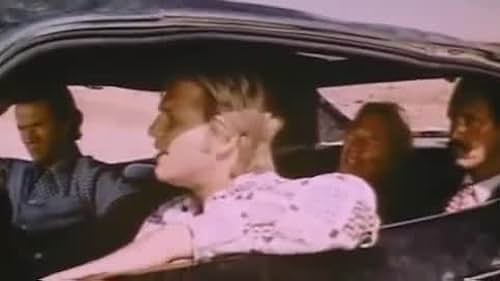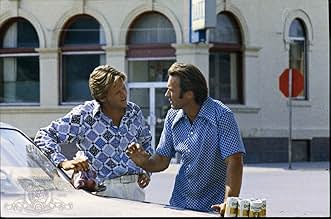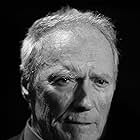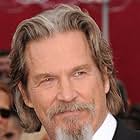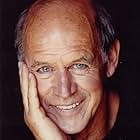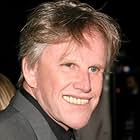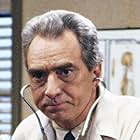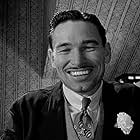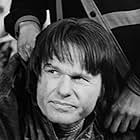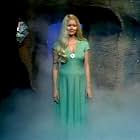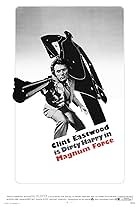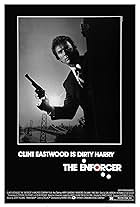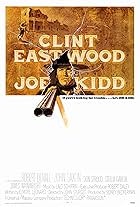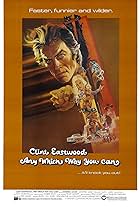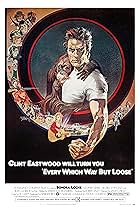With the help of an irreverent young sidekick, a bank robber gets his old gang back together to organize a daring new heist.With the help of an irreverent young sidekick, a bank robber gets his old gang back together to organize a daring new heist.With the help of an irreverent young sidekick, a bank robber gets his old gang back together to organize a daring new heist.
- Nominated for 1 Oscar
- 1 nomination total
Gary Busey
- Curly
- (as Garey Busey)
Eugene Elman
- Tourist
- (as Gene Elman)
- Director
- Writer
- All cast & crew
- Production, box office & more at IMDbPro
Storyline
Did you know
- TriviaWhen writer and director Michael Cimino was discussing this movie with Jeff Bridges, he told Bridges it was his job to make Clint Eastwood laugh both on and off-camera, and he did.
- GoofsAfter the crazy guy rolls the black Plymouth, there is clearly damage to the drivers side roof and the rear wheel on the driver side is bent at an extreme angle and the passenger side rear wheel completely flies off the axle. However, moments later when Thunderbolt and Lightfoot are going down the road, there are no signs of damage.
- Quotes
Young Boy: [Goody, with Red along, are in a tiny ice-cream vendor's truck] You're early. You're supposed to go down the next street first, then come up here.
Eddie Goody: Well, listen. While we're here, can I sell you anything?
Young Boy: No, I'm waiting for Judy Ann. They have a better flavor of pistachio.
Red Leary: Look, kid, go fuck a duck.
- Alternate versionsIn the Blu-ray, digital and TV prints, the opening and closing 2008 MGM logo are shown in addition to plastering the United Artists logo with the 2001 variant and removing the film rating.
- ConnectionsFeatured in Biography: Clint Eastwood: The Man from Malpaso (1994)
Featured review
Michael Cimino's first film is an arresting fusion of early 70's road movie, 'Buddy' picture and 'planning a heist' action-thriller. That it manages to incorporate these elements into a poetic study of male friendship and the unquenchable restlessness at the heart of the great American pioneer/drifter mentality makes it a remarkable piece of work.
Cimino avoids the 'arty' distance of Terence Malick's 'Badlands' or the po-faced existentialism of Monte Hellman's 'Two Lane Black-top', but entertains the same thematic concerns within the framework of an accessible genre piece. From it's opening vista of a deserted wheat field, accompanied by the haunting strains of a single acoustic guitar, the film resonates with loneliness and loss. "Tell me where, Where does a fool go", sings Paul Williams, "when there's no-one left to listen, to a story without meaning, that no-body wants to hear?"
It is also funny and tender in it's observation of male camaraderie. Eastwood has never been more effective and affecting on-screen than in his interplay here with Jeff Bridges. We get a real sense of his character's connection to Bridges which makes the 'Midnight Cowboy'-ish ending genuinely moving.
Like all the great 70's movies, it has some wonderfully memorable scenes and dialogue: Dub Taylor ranting about the imminent collapse of the American economy at a nocturnal gas station; Bill Mckinney as a crazed speed-freak with a trunk full of white rabbits; Bridges encountering a hammer-wielding female motorcyclist, etc, etc.
Throw in some breath-taking scenic photography of Montana by Frank Stanley (prefiguring the use and role of landscape in relation to character later explored by Cimino in 'The Deer Hunter') and some beautifully understated character work in the smaller roles, and you have a fondly remembered minor classic ripe for some serious re-appraisal.
Cimino avoids the 'arty' distance of Terence Malick's 'Badlands' or the po-faced existentialism of Monte Hellman's 'Two Lane Black-top', but entertains the same thematic concerns within the framework of an accessible genre piece. From it's opening vista of a deserted wheat field, accompanied by the haunting strains of a single acoustic guitar, the film resonates with loneliness and loss. "Tell me where, Where does a fool go", sings Paul Williams, "when there's no-one left to listen, to a story without meaning, that no-body wants to hear?"
It is also funny and tender in it's observation of male camaraderie. Eastwood has never been more effective and affecting on-screen than in his interplay here with Jeff Bridges. We get a real sense of his character's connection to Bridges which makes the 'Midnight Cowboy'-ish ending genuinely moving.
Like all the great 70's movies, it has some wonderfully memorable scenes and dialogue: Dub Taylor ranting about the imminent collapse of the American economy at a nocturnal gas station; Bill Mckinney as a crazed speed-freak with a trunk full of white rabbits; Bridges encountering a hammer-wielding female motorcyclist, etc, etc.
Throw in some breath-taking scenic photography of Montana by Frank Stanley (prefiguring the use and role of landscape in relation to character later explored by Cimino in 'The Deer Hunter') and some beautifully understated character work in the smaller roles, and you have a fondly remembered minor classic ripe for some serious re-appraisal.
- LewisJForce
- Jan 11, 2004
- Permalink
- How long is Thunderbolt and Lightfoot?Powered by Alexa
Details
- Release date
- Country of origin
- Language
- Also known as
- Die Letzten beißen die Hunde
- Filming locations
- Diversion Lake, Lewis and Clark National Forest, Montana, USA(lake scene, Clint Eastwood fixes his shoulder)
- Production company
- See more company credits at IMDbPro
Box office
- Budget
- $2,200,000 (estimated)
- Gross US & Canada
- $21,700,000
- Gross worldwide
- $21,700,000
Contribute to this page
Suggest an edit or add missing content

Top Gap
By what name was Thunderbolt and Lightfoot (1974) officially released in India in Hindi?
Answer
